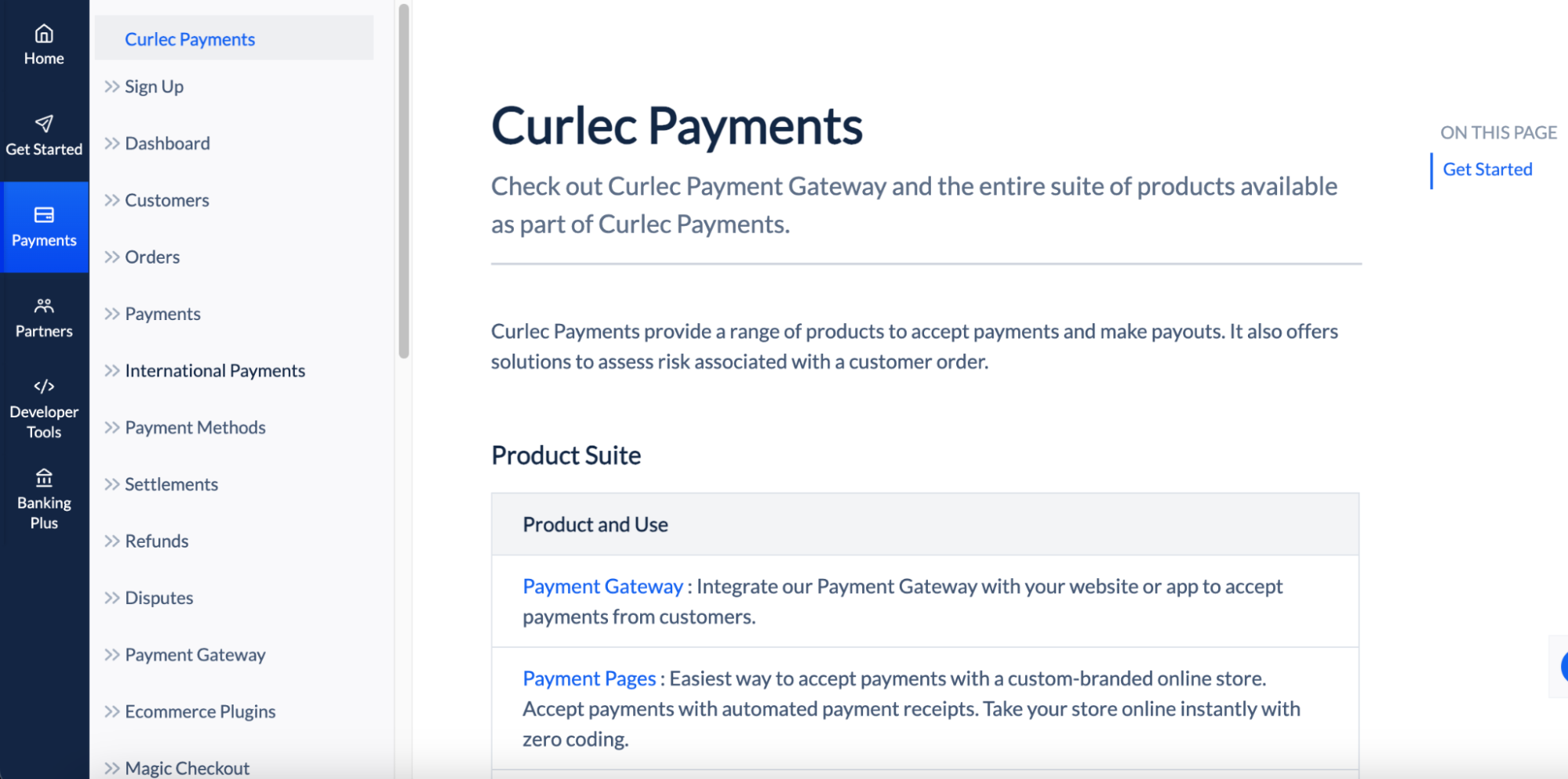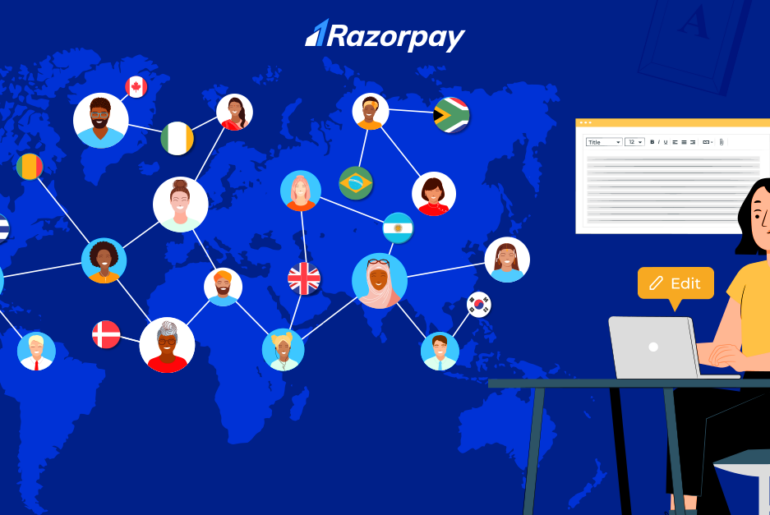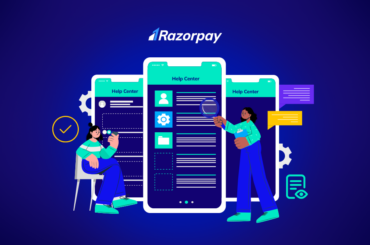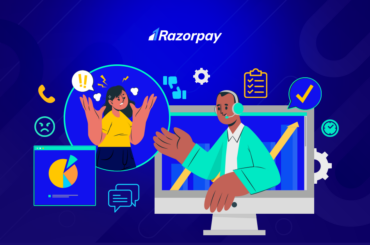In the 1970s, the Chevrolet Nova was a popular car in the United States. It was known for its sleek lines, powerful engines, and a reputation for performance. However, despite all its features, it did not sell well in Spanish-speaking markets. Why? The name “Nova” was interpreted as “no va,” which in Spanish means “it doesn’t go”. This led to a perception that the car had performance issues, impacting sales. The company had to rename it Chevrolet Caribe to avoid the negative connotation associated with the original name.
 KFC, when it first entered the Chinese market in the 1980s, was embroiled in a similar controversy as the popular tagline – “Finger Licking Good!” translated to ‘Eat Your Fingers Off’!
KFC, when it first entered the Chinese market in the 1980s, was embroiled in a similar controversy as the popular tagline – “Finger Licking Good!” translated to ‘Eat Your Fingers Off’!
From the above examples, it can be understood that creating content for international audiences is tricky – be it brand names or promotional taglines. Or even, for that matter, technical documentation!
In this blog, we explore the creation of technical documentation for an international audience.
Content Translation vs Localisation
Translation
This is definitely the first thing that comes to mind, isn’t it? When expanding to another country and acquiring new users who may or may not speak English, do we translate the documentation?
In the case of online help manuals, users can use browser settings to translate technical documentation themselves. However, as we learnt from the Chevy and KFC examples, word-to-word translation can cause confusion – be it brand names or tag lines.
This is true for procedural steps as well. For example, if we want to translate the English text ‘Save Card Number’ to Hindi, the word-to-word translation would be कार्ड नंबर बचाएँ. The best way to write this instead would be कार्ड नंबर सेव करें.
 If organisations do not have internal content translation resources, they usually tackle this by working with external agencies specialising in such translation activities. This, however, comes at a price. Also, the translated content needs to be validated by another party before publishing to weed out any errors.
If organisations do not have internal content translation resources, they usually tackle this by working with external agencies specialising in such translation activities. This, however, comes at a price. Also, the translated content needs to be validated by another party before publishing to weed out any errors.
Localisation
Localisation goes beyond translation. It involves adapting the content to suit the cultural needs and conventions followed.
For example, using the local currency, GBP, instead of INR would help international users in, say, Britain, to understand the content and implications better. Using placeholder names such as Nur Aisyah would resonate better with Malaysian users than the typical Jane Doe.
 US users would appreciate using the imperial system of measurement rather than the metric system.
US users would appreciate using the imperial system of measurement rather than the metric system.
Content localisation can be extended to videos and images as well. However, this means additional cost and effort. Imagine there is a screenshot showing order placement on the website. For localisation, one may have to capture and maintain multiple screenshots for multiple regions just because the currency used is different – INR in India, EUR in Europe, SGD in Singapore and so on.
Translation or Localisation?
Organisations may opt for either translation, localisation or a mix of both.
That said, before diving into translation or localisation, ensure your documentation is internationalised. According to Google, internationalisation means designing a product and its associated documentation to minimise the localisation effort. This involves designing flexible content, allowing for easy adaptation to different languages and cultures. A well-internationalised document sets the stage for effective translation and localisation efforts.
General Tips When Writing for Global Audience
Once we identify our documentation strategy, we can proceed with the authoring. Here are some tips to consider when writing for an international audience:
Use Clear, Concise Language.
Write simple sentences in active voice. Avoid using complex sentences as they may be difficult to understand and harder to translate. Here is an example:
Complex Sentence: The firmware update process is initiated by the system upon detection of available updates, and the user is notified once the update is successfully completed.
Simple Sentence: The system initiates the firmware update process upon detecting available updates. It notifies the user after the completion of the update.
Write Inclusive Documentation
Inclusive writing means creating content considering the wide range of users documentation should serve. For example, while many users might use the traditional keyboard-monitor-mouse set-up, there could be people using various input methods, including touch screens or assistive technologies. Here is a small example:
Generic Writing: “Click on the ‘Submit’ button to save your changes.”
Inclusive Writing: “Select the ‘Submit’ button below to save your changes.”
One can also consider the terms “whitelist” and “blacklist”. We can use allowlist and blocklist instead to convey the same message. Here is what Google has to say:
Many non-inclusive terms are in wide use in the industry, such as whitelist. If replacing an established term could cause confusion for readers, you can directly refer to the non-inclusive term on the first use, and put it in parentheses. Then use the inclusive, replacement term throughout the rest of the document.
Example:
To make sure that administrators get the notification, add them to an allowlist (sometimes called a whitelist). Anyone who isn’t on the allowlist is blocked …
Consider Creating Glossaries
A glossary is a central place to define and explain key terms and concepts used in your documentation. In internationalisation, a glossary can be an invaluable resource for translators, providing a clear reference for key terms and concepts. It aids in maintaining accuracy and consistency across different language versions. Read this blog to learn more about writing glossaries.
Test the Documentation
It is very important to test the documentation before publishing it in different geographies. In case of translation/localisation, share the documentation with native speakers/users to get their feedback on the content.
How Razorpay Docs Scaled to Multinational Markets
At Razorpay, this year, we expanded to Malaysia and now serve Malaysian businesses. Check out our Curlec docs for inspiration on how Razorpay has built its docs to cater to Malaysia.
 What We Did
What We Did
- Adopted an internationalisation strategy for our product and documentation.
- Designed a Content Strategy to serve international markets with clarity on where to localise and how much to localise.
- Conducted feedback sessions with Malaysian developers to understand their perception of the documentation and have incorporated the learnings in our Docs.
- A continuous improvement process with scope to polish our Content Strategy as we have more findings and grow our business.
- Concepts like single-sourcing to reuse content with the capability to create customised content for specific locations.
Conclusion
When writing for a global audience, it is important to create content that is clear, comprehensible and crafted after careful consideration of language, culture and user expectations. Organisations planning to spread their wings to newer horizons should contemplate the use of best practices and strive to create content that is inclusive, user-friendly and enhances user satisfaction. The key is not to go overboard and consider Cost, Maintainability and Scalability with eyes on ROI while devising a strategy to cater to wider audiences.





